I published some statistics yesterday on D810 dark-field images of various ISOs that had been filtered with low-pass filters of various sizes. I used 1xn kernels to filter out horizontal variations and leave the vertical ones, and nx1 kernels to to filter out vertical variations and leave the horizontal ones.
As an adjunct to the curves, I’m posting some of the images themselves. I used symmetric reflection to get pixels for the kernel to process when it was near the edges of the image, and cropped the resulting image to its original size. The, for each image, the black point was subtracted out, the images scaled into the range [0,1], a gamma of 2.2 applied, resized to 640×480, and saved as JPEG’s.
The unfiltered image:
Can’t see much, can you? This illustrates how good the D810’s read noise really is, but you can’t count on leaving the shadows alone when you’re editing an image, so let’s look at the filtered images.
With a horizontal kernel of 11 pixels extent:
With a vertical kernel of 11 pixels extent:
With a square kernel of 11×11 pixels:
It’s hard to see much in the two one-dimensional kernels, and, indeed, the curves in yesterday’s post showed that they’re not too far from ideal. However, the square kernel shows that whole rows seem to vary at once.
With a horizontal kernel 216 pixels long:
Not the row variation is readily apparent.
With a vertical kernel of the same size:
Some column variation is evident.
With a 216×216 kernel:
This last makes the hot spot across the bottom of the image obvious.

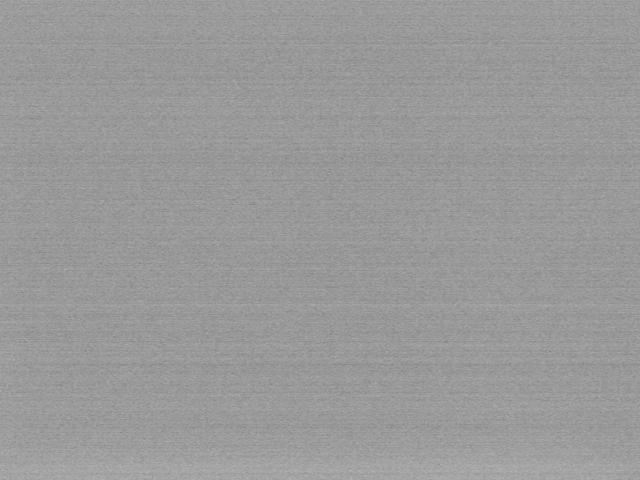
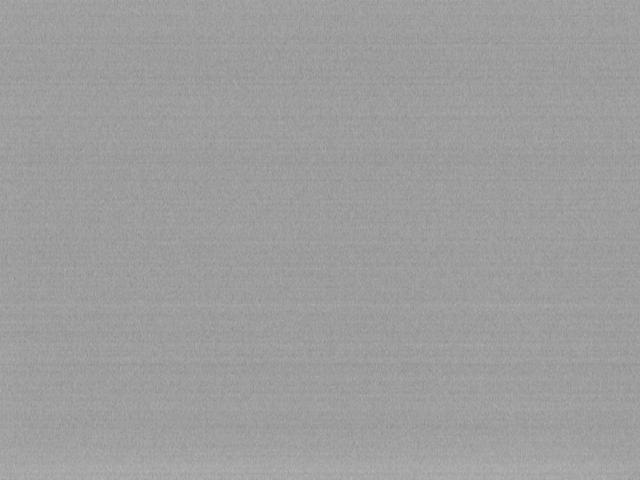
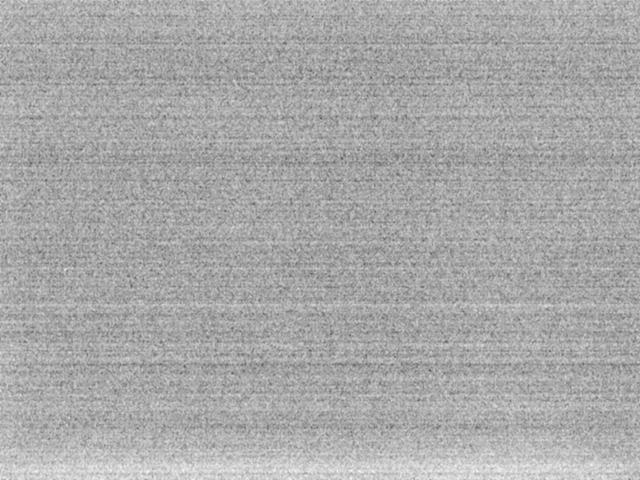
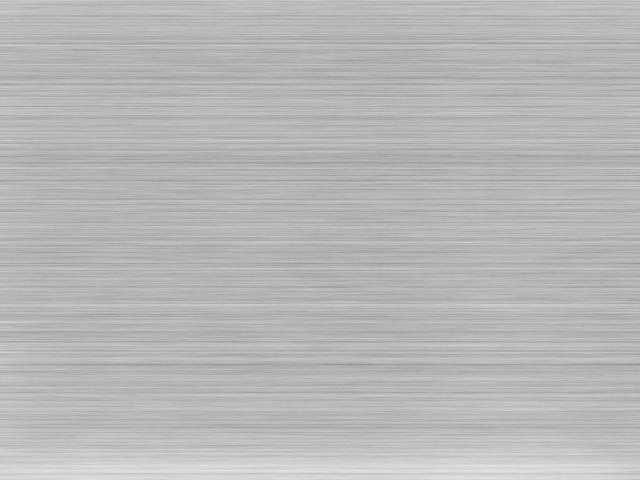
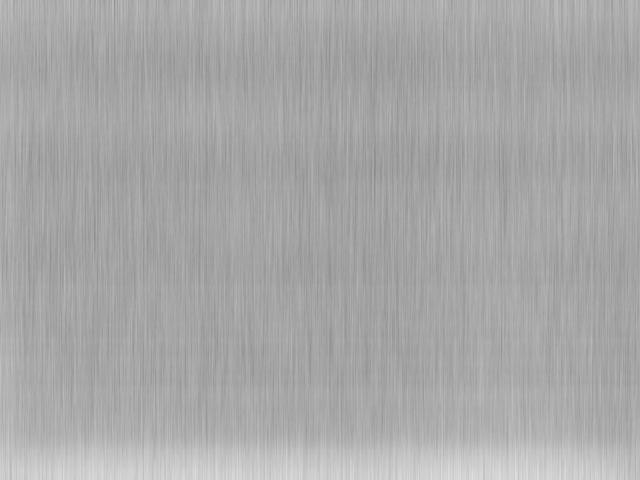
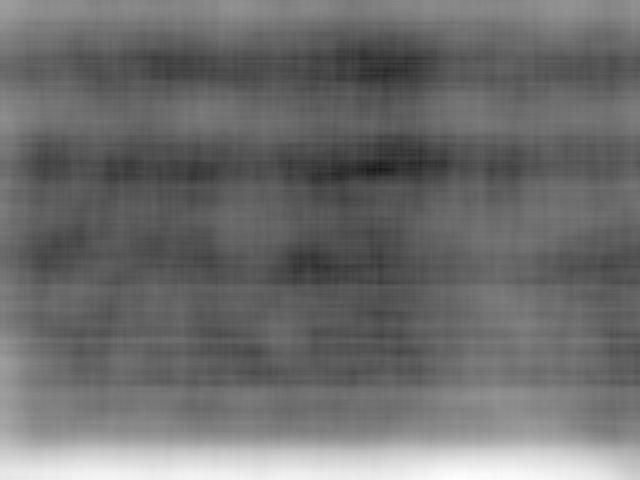
Leave a Reply